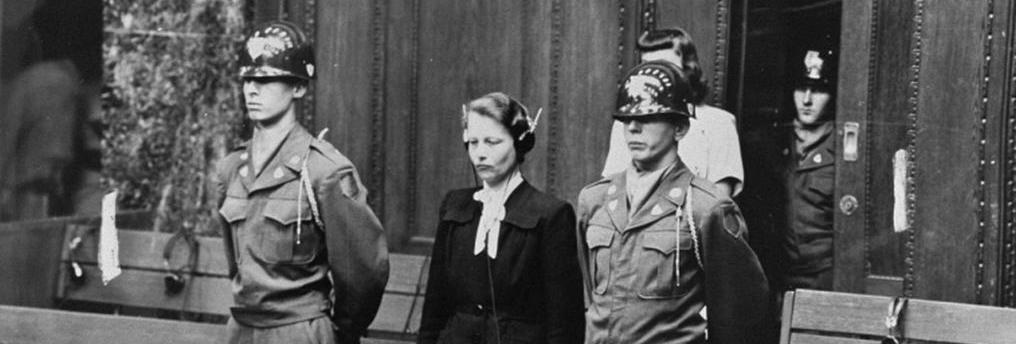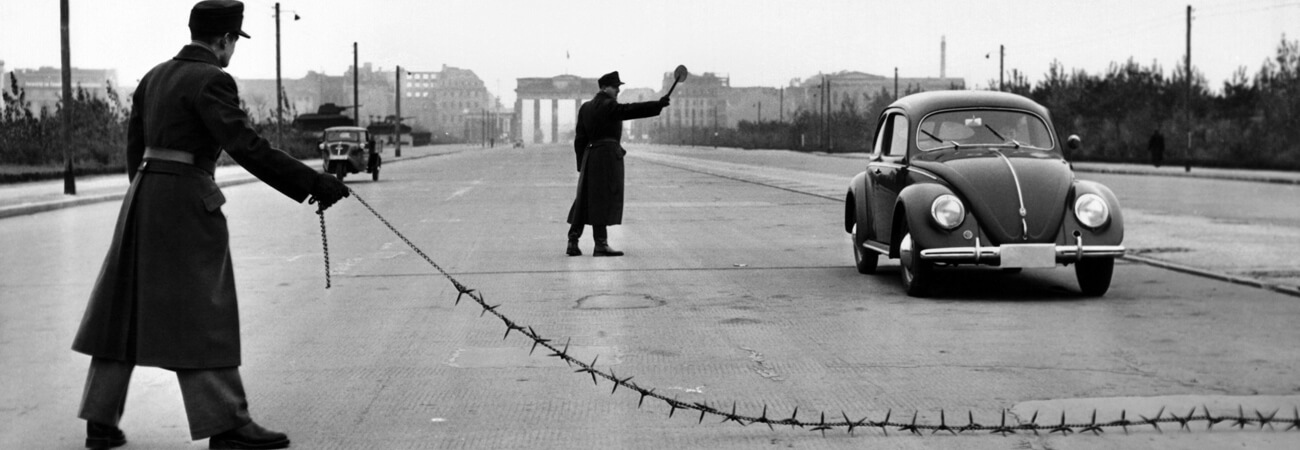
By Kate Docking
A report on the fourth post-war Ravensbrück Concentration Camp trial, written by Deputy Judge Advocate Halse in 1948, stated that medical experiments were performed at the camp ‘in the most brutal manner by doctors who were apparently stationed there for the purpose of experimenting on human guinea pigs.’ These human experiments occurred at Ravensbrück from August 1942 onwards. In total, 74 women were subject to sulphonamide drug and bone transplantation experiments, which took place without their consent. Lily Undun, who was an inmate at Ravensbrück, recalled that if the women refused to be experimented on, they were ‘shut into bunkers, and later the operations were performed by force.’ The initial order for the experiments to be conducted came from Himmler, who was head of the SS. National Socialist medical personnel stipulated that the experiments were performed in order to discover whether sulphonamide was an effective treatment for battle wounds. Foreign bodies such as wood or glass were thus inserted into artificial injuries in order to induce infection, and sulphonamide was used to treat the wounds. However, there was no real scientific reason behind the operations. The experiments were performed by some local doctors, who were known as the ‘Hohenlychen group’ as they came from a local hospital named Hohenlychen, which was located near Ravensbrück. Dr Herta Oberheuser was part of this group, and she was responsible for the post-operative care of those who had undergone experimental operations.
Sources from the seven different Ravensbrück trials and the Nuremberg Doctors’ Trial reveal that Oberheuser treated patients extremely callously. As Keith Mant of the Royal Medical Army Corps noted, her post-operative care was ‘little more than sadistic.’ This is evidenced in the witness testimonies from the victims of the medical experiments. For example, Stefania Lotocka recalled that Oberheuser refused to give victims water. Stanislawa Mlodkowska Bielawska also added that when water was given, it was mixed with vinegar. This was clearly an unnecessary and cruel action performed by Oberheuser. Further, Oberheuser did not take sufficient care of the wounds that were induced by the experiments. Izabela Rek stipulated that ‘Oberheuser at first promised to dress my wounds, and, smiling, went out of the ward and we saw no more of her that day.’ Although Jadwiga Dzido described the care of Oberheuser as ‘not bad’, this sort of testimony is not typical. For instance, another victim stated that ‘Oberheuser told us herself that she could give nothing to alleviate our pains…’ The doctor deliberately refused to give the patients morphine, despite their screams of pain. Five of the women died as a result of the experiments, and six were later executed.
After the war, Oberheuser was tried at Nuremberg with ‘special responsibility and participation’ in the medical crimes at Ravensbrück. She was sentenced to twenty years in prison, but allowances were made for the time she already had served whilst in custody, and her sentence was reduced to ten years. However, she was in fact released in 1952. She then practised as a medical doctor in Germany. This led to outrage from the British Medical Association; they believed that her return to the medical profession was an affront to the ‘honour, morals and high ideals of the medical practice.’ Her medical licence was, however, later revoked by the Court of Schleswig-Holstein in Germany. Oberheuser died in a nursing home in Germany in 1978.
The thirty-five women who survived the medical experiments and the terrible conditions at Ravensbrück suffered life-long pain and disabilities. In spite of medical treatment in America, Jadwiga Dzido was permanently disabled. In addition to the bone and sulphonamide experiments, sterilisation experiments were also carried out at Ravensbrück. It is important that more details are known about the perpetrators and processes of these human experiments, in order to do justice to the victims who suffered extensively.
Kate Docking graduated from the University of Kent in 2016. She is currently studying for an MPhil in Modern European History at the University of Cambridge. Her current research project examines the representation of Nazi female perpetrators in British post-war trials and newspapers. She hopes to complete a PhD at the University of Kent on female doctors and nurses during the Third Reich.
Photo: Defendant Herta Oberheuser stands up to receive her sentencing at the Doctor’s Trial, Nuremberg 20th August 1947. Source: United States Holocaust Memorial Museum, Photograph #41017, National Archives and Records Administration, College Park, Md.
